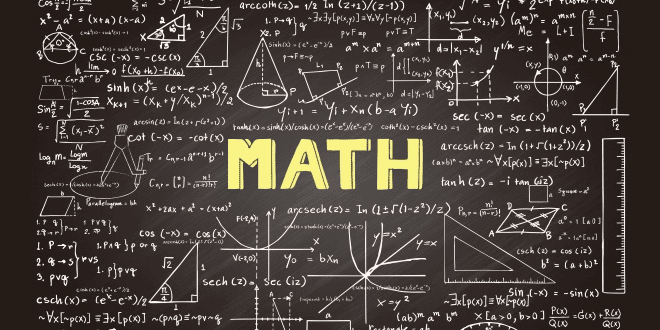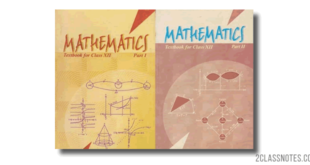EQUATIONS
When a mathematical expression is completed with the help of an “equal to” sign it is called an equation.
For example, if there were 12 people at the party and 7 left, then there would be 5 people still at the party and we could show it as an equation like this:
12 – 7 = 5.
An equation conveys that both sides of the ‘equal to’ sign have the same value.
Sometimes, equations use letters or variables to convey numbers that are not known. These are algebraic equations.
(a) If there are 8 apples in a basket and some more are added to it making 12 apples in the basket, we could show it as follows:
8 + a = 12, where a stands for the number of apples added the basket.
You can find out the value of ‘a’ or the number of apples that were added to the basket by thinking, ‘what added to 8 gives 12?’. The answer is 4.
if you replace ‘a’ by 4, you can check to see if your answer is correct 8 + 4 = 12.
So, 4 apples were added to the basket.
(b) 7 times a number a gives 35.
This would translate into an equation as 7a = 35.
If you think, ‘what times 7 gives 35’, you would get the answer 5. That means the variable a stands for the number 5.
Check by by substituting 5 for the variable a.
7 × 5 = 35 or a = 5
 Class Notes NCERT Solutions for CBSE Students
Class Notes NCERT Solutions for CBSE Students




